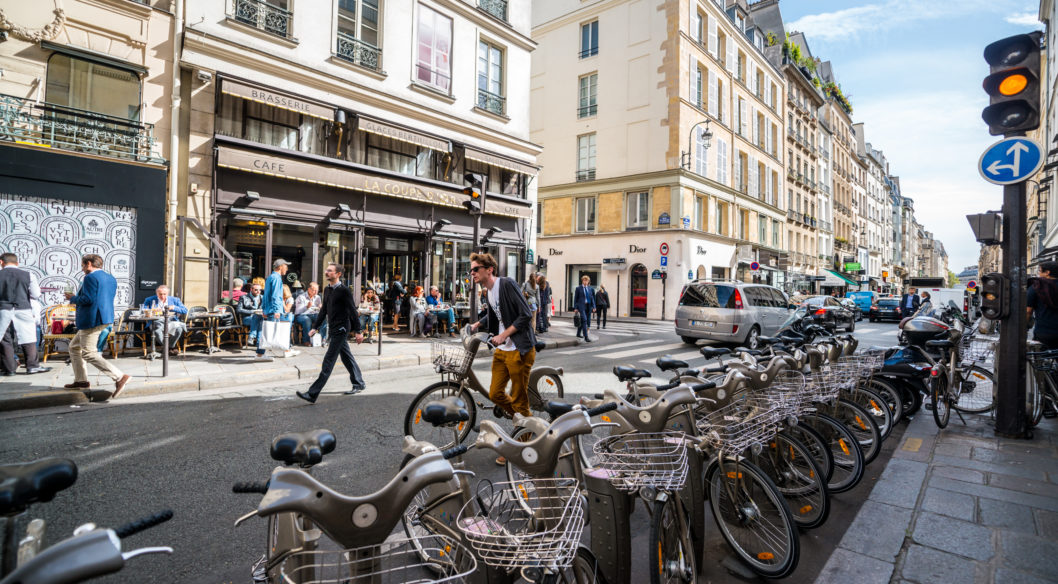In the past, many bikeshare system operations were defined by asset ownership and revenue
flow between the city government and the operator. The goal was to balance service provision
with resource allocation. This is still the case for many station-based systems. However, the
business model of private dockless bikeshare companies presents a shift in how city
governments approach bikeshare operations.
As part of the larger public transport system, bikeshare should be organized similarly to other
public transportation systems. Despite the system type, the government agency responsible
for overseeing bikeshare will need to identify or hire staff members responsible for managing
system implementation. For public systems, this includes design, tendering and contracting,
outreach, and launching the system. For single or multi-operator private systems, city staff
will be responsible for overseeing the MOU or permitting process, monitoring and
enforcement, and engaging with operators.
A bikeshare system can be completely public, completely private, or some combination of the
two. Bikeshare can also be operated by a single operator or multiple operators. The decision
regarding which aspects should be public or private and how many operators are appropriate
depends on the environment in which the system operates. Different cities will require different
structures to meet their specific needs, and this should be informed by the feasibility analysis.
